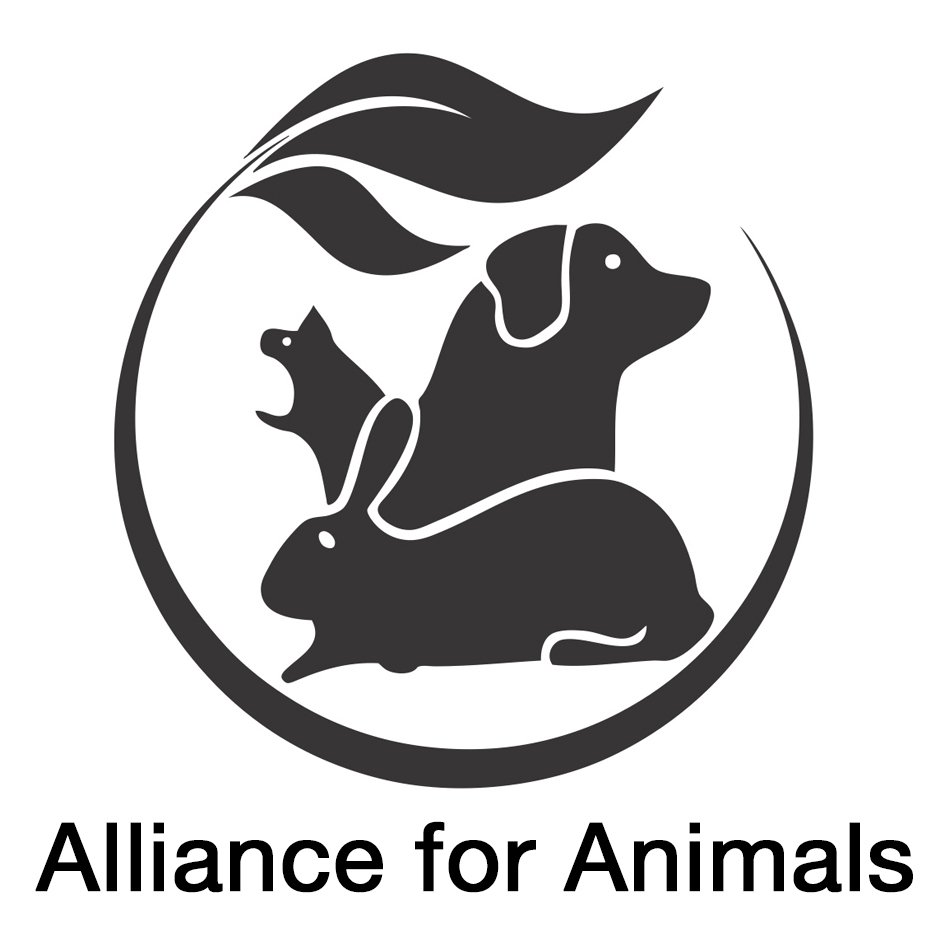THE IMPORTANCE OF WOLVES
In recent years, the gray wolf population in Wisconsin has become a highly politicized issue.
In the mid-20th century, gray wolves were all but extinct in Wisconsin due to hunting and trapping. However, in the 1970s, the federal government listed the gray wolf as an endangered species, leading to a gradual increase in the population. In 2012, the gray wolf was removed from the endangered species list in Wisconsin, and the state established a hunting and trapping season for the animal.
Since then, the wolf population has fluctuated, and there have been ongoing debates about how to manage the population. Some stakeholders, such as hunters and farmers, argue that wolves pose a threat to livestock and other wildlife and need to be controlled. Others, including conservationists and animal rights advocates, argue that wolves play a vital role in the ecosystem and should be protected.
The article argues that the gray wolf is a keystone species that helps regulate other wildlife populations and maintains a healthy ecosystem. It highlights the ecological and economic benefits of protecting wolves, including increased tourism revenue and improved public health.
Alliance For Animals WI supports efforts to protect Wisconsin's wolves, including legal challenges to the state's hunting and trapping regulations. The organization also advocates for non-lethal approaches to wolf management, such as the use of guard animals to protect livestock.
In conclusion, protecting Wisconsin's wolves is essential to maintaining a healthy ecosystem and ensuring the long-term sustainability of the state's wildlife. By supporting non-lethal approaches to wolf management and advocating for the protection of this keystone species, we can ensure that future generations can continue to enjoy the benefits that these magnificent animals provide.

